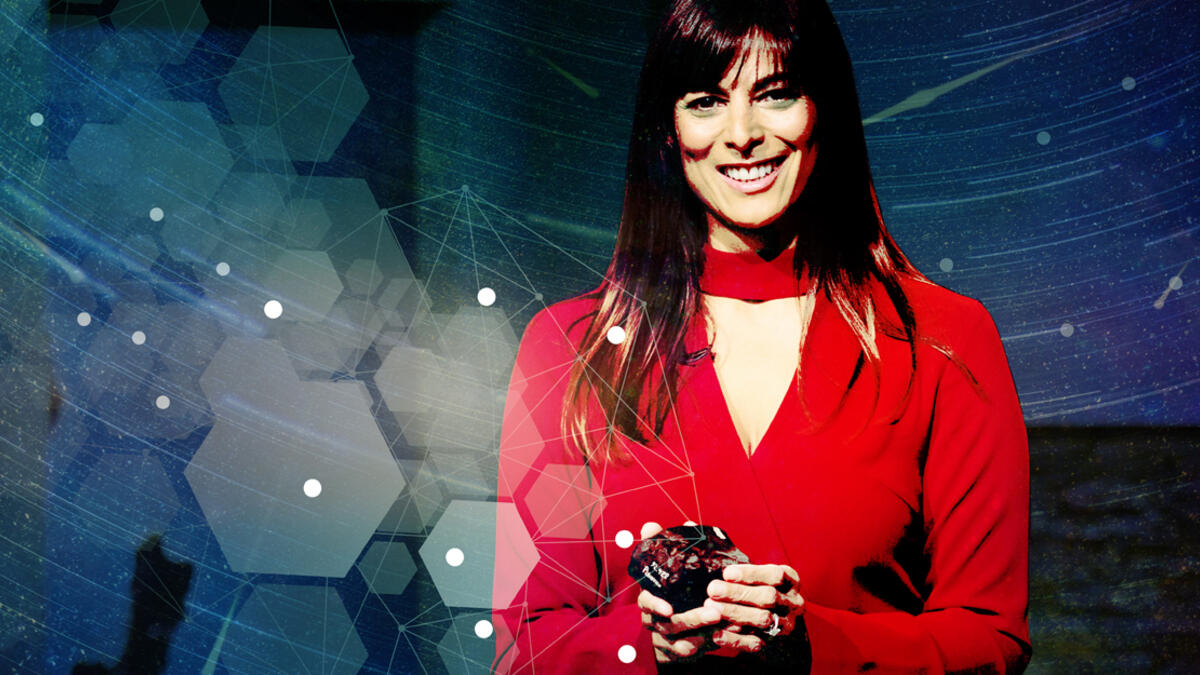Gazing at the night sky conjures deep questions about the universe. Meenakshi Wadhwa, professor at the School of Earth and Space Exploration and director of the Center for Meteorite Studies at Arizona State University, invites us to look at the planetary "Rosetta stones" right here on Earth that can give us answers.
Growing up near the foothills of the Himalayas in India, Wadhwa dreamed of becoming a geologist. But as she kept asking bigger and better questions, first as a bachelor’s student in India and then a graduate student in the U.S., it became clear: She didn’t just want to be a geologist; she wanted to become a space geologist, studying meteorites to uncover the mystery of the origins of the Earth.
In her KEDtalk, Wadhwa takes us on her journey of uncovering her purpose, starting as a curious 8-year-old worried about the Earth running out of oxygen to measuring the age of the solar system to near accuracy.
Wadhwa's talk is part of the ASU KEDtalks series. Short for Knowledge Enterprise Development talks, KEDtalks aim to spark ideas, indulge curiosity, and inspire action by highlighting ASU scientists, humanists, social scientists and artists who are driven to find solutions to the universe’s grandest challenges. Tune in monthly to research.asu.edu/kedtalks to discover how the next educational revolution will come about, whether space is the next economic frontier and more.
More Science and technology

Indigenous geneticists build unprecedented research community at ASU
When Krystal Tsosie (Diné) was an undergraduate at Arizona State University, there were no Indigenous faculty she could look to in any science department. In 2022, after getting her PhD in genomics…

Pioneering professor of cultural evolution pens essays for leading academic journals
When Robert Boyd wrote his 1985 book “Culture and the Evolutionary Process,” cultural evolution was not considered a true scientific topic. But over the past half-century, human culture and cultural…

Lucy's lasting legacy: Donald Johanson reflects on the discovery of a lifetime
Fifty years ago, in the dusty hills of Hadar, Ethiopia, a young paleoanthropologist, Donald Johanson, discovered what would become one of the most famous fossil skeletons of our lifetime — the 3.2…
